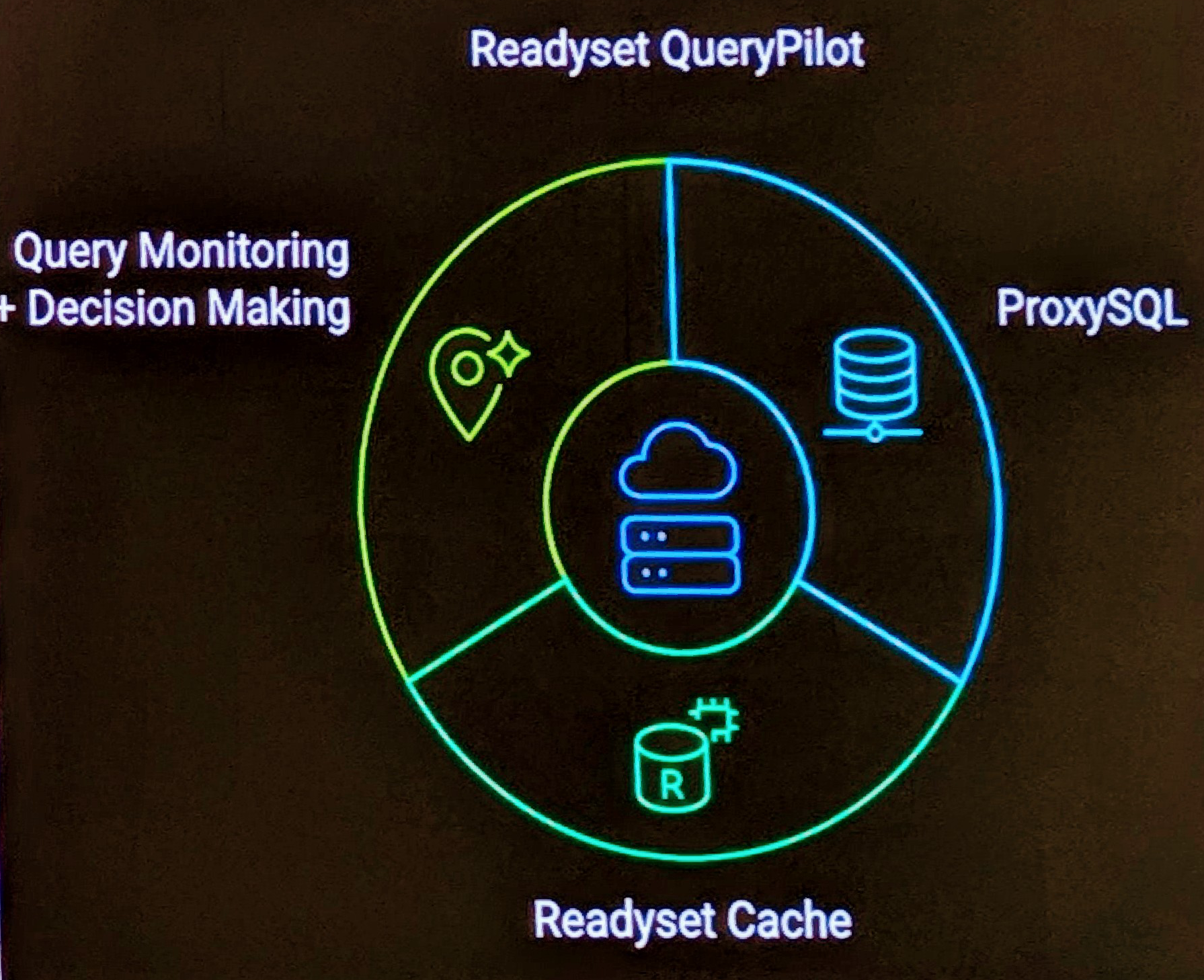For all those instant GUI people out there, there is an easy way to watch the present status of your MySQL Slaves using the watch command.
$ watch -n 1 -d "mysql -uroot -pxxxx mysql -e 'SHOW SLAVE STATUS\G'"
The watch provides a view of a file or command, and shows interval updates to this output (-n seconds> option). You can also specific a granularity better then one second for example 0.5. -d also highlights the differences for you. So while you see the following output with your SHOW SLAVE STATUS, on a loaded system you will also see bin-log and relay-log changes, and perhaps Seconds_Behind_Master.
The question is, Why is Seconds_Behind_Master the last column in this display?
`
*************************** 1. row ***************************
Slave_IO_State: Waiting for master to send event
Master_Host: localhost
Master_User: repl
Master_Port: 10002
Connect_Retry: 60
Master_Log_File: master-bin.000006
Read_Master_Log_Pos: 102
Relay_Log_File: newyork-relay-bin.000055
Relay_Log_Pos: 244
Relay_Master_Log_File: master-bin.000006
Slave_IO_Running: Yes
Slave_SQL_Running: Yes
Replicate_Do_DB:
Replicate_Ignore_DB:
Replicate_Do_Table:
Replicate_Ignore_Table:
Replicate_Wild_Do_Table:
Replicate_Wild_Ignore_Table:
Last_Errno: 0
Last_Error:
Skip_Counter: 0
Exec_Master_Log_Pos: 102
Relay_Log_Space: 539
Until_Condition: None
Until_Log_File:
Until_Log_Pos: 0
Master_SSL_Allowed: No
Master_SSL_CA_File:
Master_SSL_CA_Path:
Master_SSL_Cert:
Master_SSL_Cipher:
Master_SSL_Key:
Seconds_Behind_Master: 0
`


